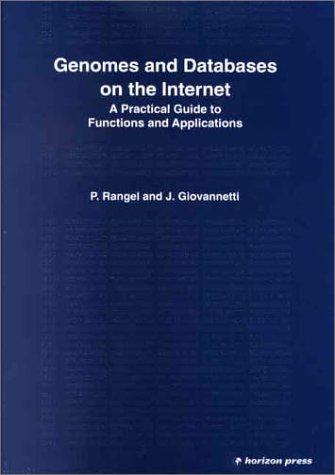Question
Use Python and NetworkX. Write a function mutual_friends that takes a graph and two nodes as arguments, and returns a list (or set) of nodes
Use Python and NetworkX.
Write a function mutual_friends that takes a graph and two nodes as arguments, and returns a list (or set) of nodes that are linked to both given nodes. For example, in the graph SG drawn above,
mutual_friends(SG, 'Alice', 'Claire') == ['Frank']
an empty list or set should be returned in the case where two nodes have no mutual friends, e.g. George and Bob in SG drawn above.
Code:
def mutual_friends(G, node_1, node_2):
-
-
SG = nx.read_adjlist('../datasets/friends.adjlist') assert mutual_friends(SG, 'Alice', 'Claire') == ['Frank'] assert mutual_friends(SG, 'George', 'Bob') == [] assert sorted(mutual_friends(SG, 'Claire', 'George')) == ['Dennis', 'Frank']
*************************************************************************************
friends.adjlist = It's a plain text file
George Frank Dennis Dennis Claire Esther Claire Frank Alice Esther Bob Alice Frank Alice Alice Esther Shelly
Step by Step Solution
There are 3 Steps involved in it
Step: 1

Get Instant Access to Expert-Tailored Solutions
See step-by-step solutions with expert insights and AI powered tools for academic success
Step: 2

Step: 3

Ace Your Homework with AI
Get the answers you need in no time with our AI-driven, step-by-step assistance
Get Started


